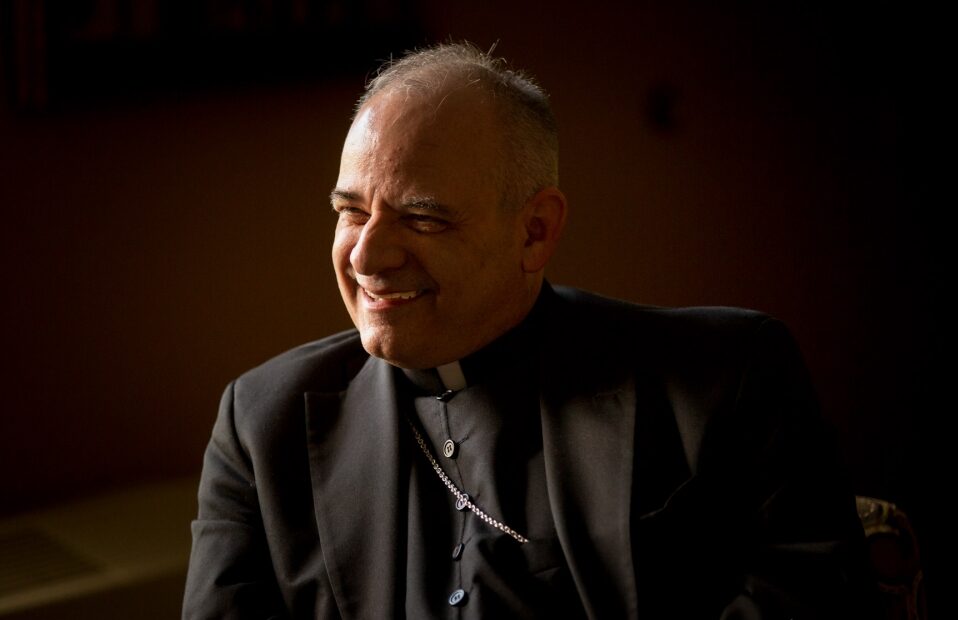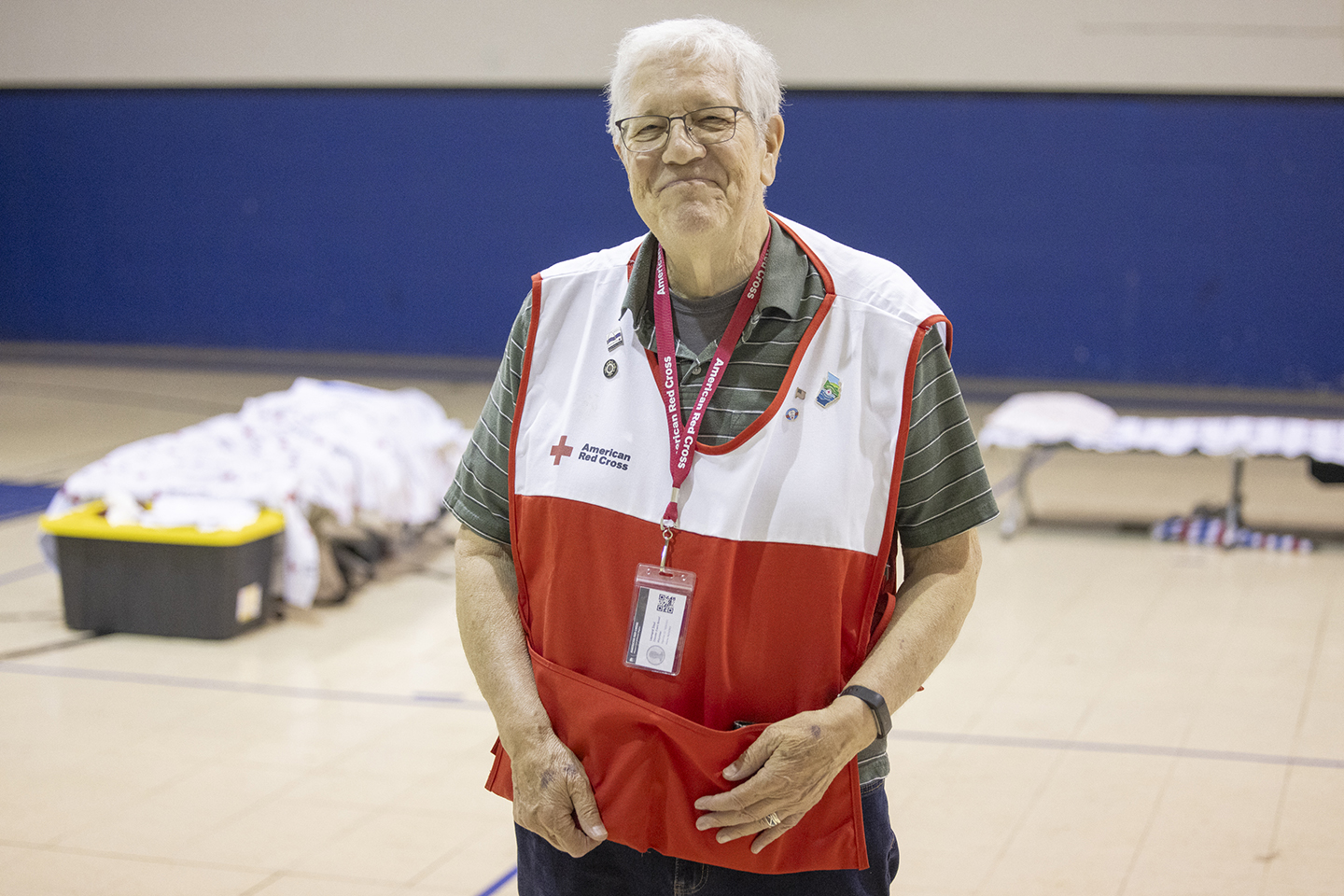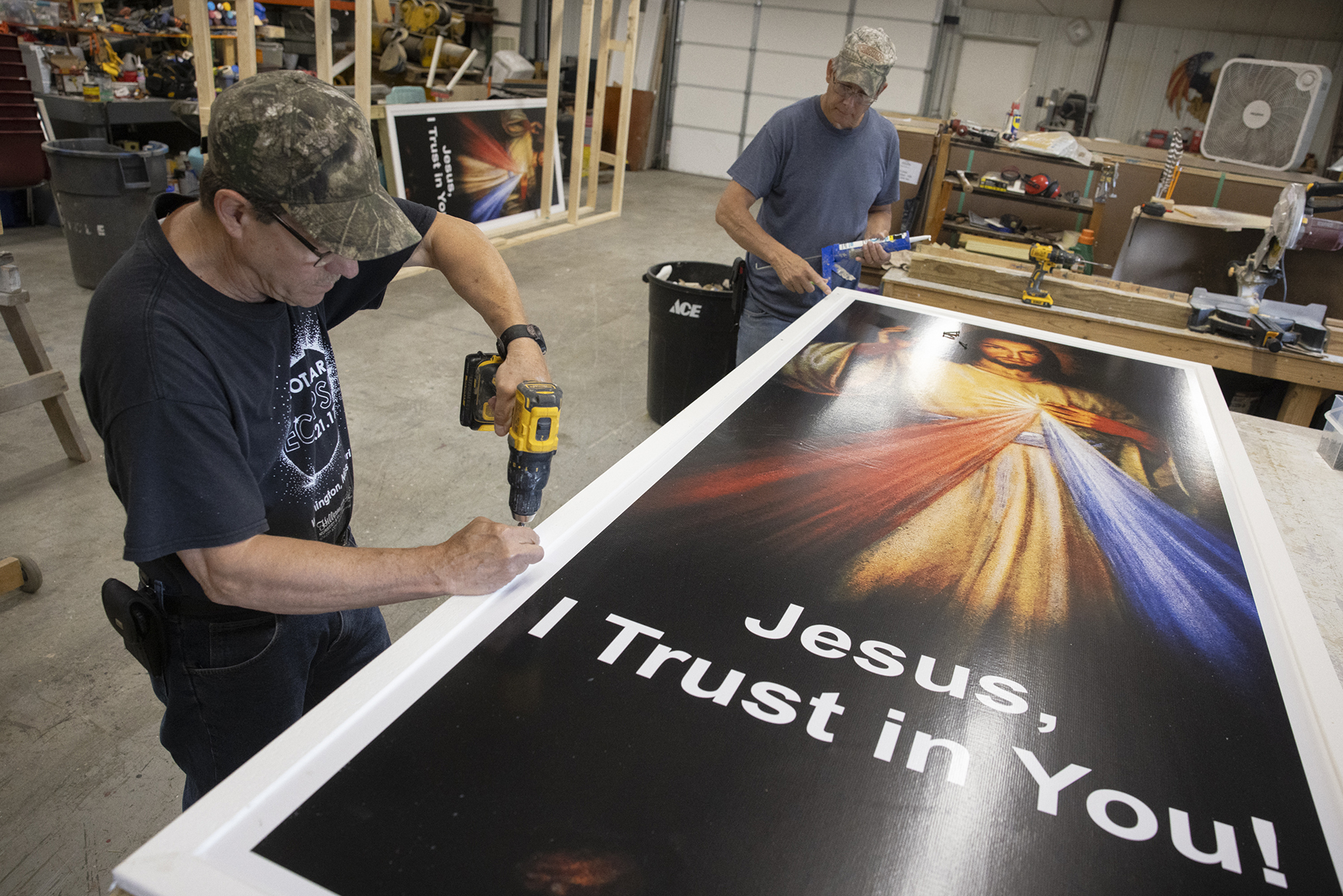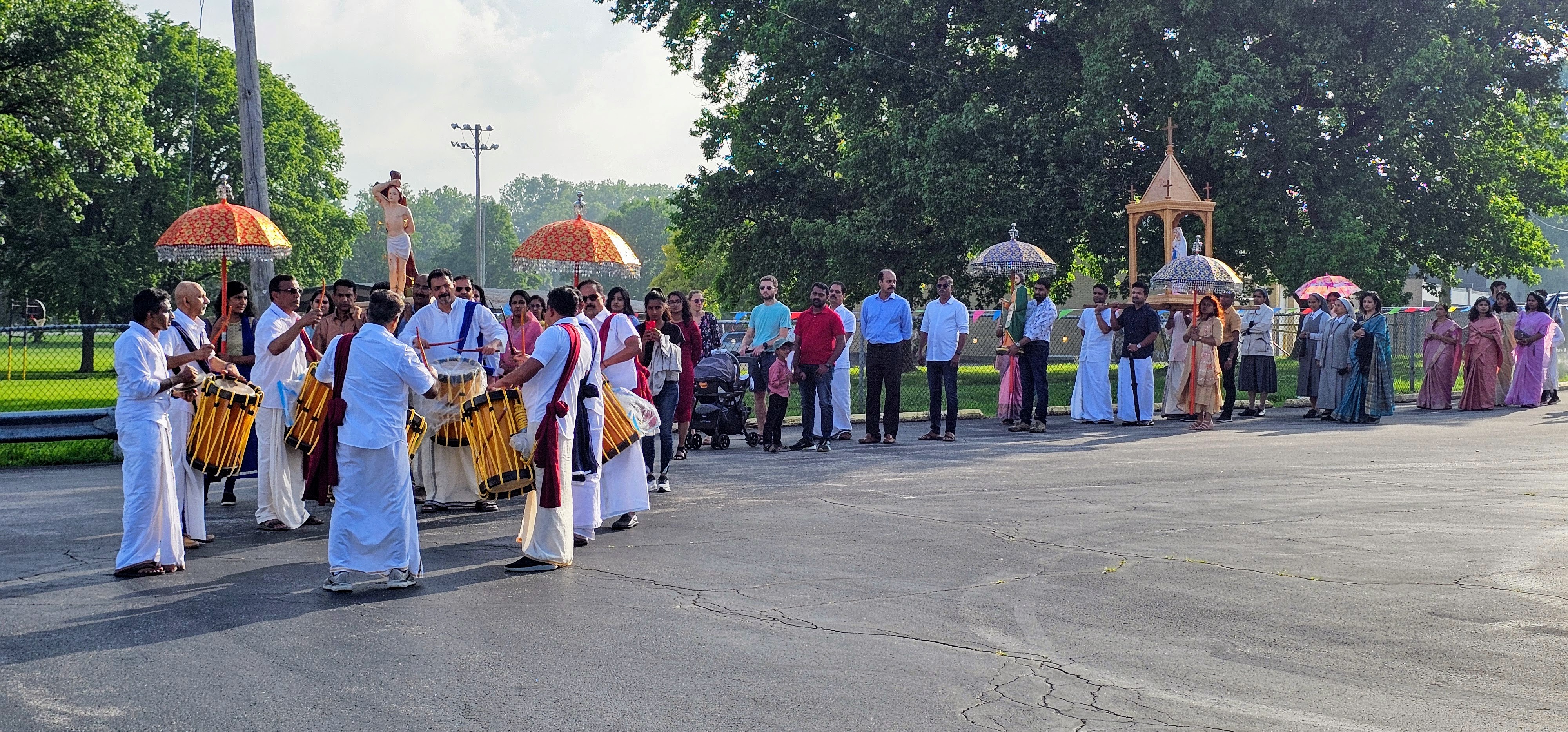SLU project will create a digital map of intersection of religion, culture in St. Louis
Project funded by grant from Henry Luce Foundation
When it comes to matters of faith, most often we think of what happens within our worship spaces. For Catholics, that includes the sacraments, Church teachings and traditions and special devotions.
Researchers at Saint Louis University have embarked on a project that goes beyond specific structures of religion and looks at how religious belief crosses over into culturally lived experiences. The three-year project, called Lived Religion in the Digital Age, will create a digital map of how various religions are lived in the St. Louis region. It is being funded by a $400,000 grant from the Henry Luce Foundation.
Rachel Lindsey, assistant professor, and Pauline Lee, associate professor, both in SLU’s Department of Theological Studies, will direct a team that will create a digital framework, capturing a multisensory inventory of how religion is lived in St. Louis. The website, www.religioninplace.org, was created by SLU’s Walter Ong, SJ, Center for Digital Humanities.
“We want this to be a resource for folks who stumble upon the site and don’t know the basics about Hinduism or Buddhism, for example, and will get some introductory sense of what this is as a religion,” Lindsey said. “We don’t want to stop there, but also frame all these religious traditions and practices within a cultural and historical context in St. Louis.”
The first year will focus on research for a digital map, which will include churches, mosques, temples and synagogues, as well as places in which religion is lived outside places of worship. It will include examples of how religion is woven into civic events and places — such as the Festival of Nations at Tower Grove Park, the Gateway Arch and Busch Stadium. Future research also will look at religion in performance and religion as it relates to migration and diaspora.
One of Lindsey’s favorite examples of faith and culture is the Plants of the Bible collection at the Shoenberg Temperate House at the Missouri Botanical Garden. The collection is a modern-day interpretation of garden founder Henry Shaw’s interest in plant species with biblical references.
Lindsey has frequently visited the garden since she moved here in 2013. But it wasn’t until recently that a colleague told her that Shaw published in 1884 a list of biblical plant species that he cultivated in his own personal collection as he was developing the garden. “It’s one example of how when we open our eyes, we see religion all around us,” she said. “It tells an important story of religion in the city.”
Another example includes the Apotheosis of St. Louis, the famous statue of St. Louis IX, King of France, in Forest Park. The statue serves not only as a symbol of the namesake of our city, but also the influence of Catholicism here.
Teams of student researchers will interview people and participate in the mapping process for the website. The project also will involve collaboration with representatives from varied religions, journalists, artists, museums and civic leaders.
Grant funding will go toward two research and teaching fellowships. The team also will work with Ohio-based photojournalist Lauren Pond to document their research. A crowd-sourced photography exhibit is one of the first events planned for next spring.
Mapping religion, Lindsey said, can provide a framework to how St. Louis has developed over time, and how groups of people migrated here and where they settled. “St. Louis is never static — it’s always changing,” she said. “It’s exciting to think through the history of religions here and what that has meant to the city at different points in its history.”
More online
Lived Religion in the Digital Age:
Lauren Pond, inaugural artist in residence for the project:
When it comes to matters of faith, most often we think of what happens within our worship spaces. For Catholics, that includes the sacraments, Church teachings and traditions and special … SLU project will create a digital map of intersection of religion, culture in St. Louis
Subscribe to Read All St. Louis Review Stories
All readers receive 5 stories to read free per month. After that, readers will need to be logged in.
If you are currently receive the St. Louis Review at your home or office, please send your name and address (and subscriber id if you know it) to subscriptions@stlouisreview.com to get your login information.
If you are not currently a subscriber to the St. Louis Review, please contact subscriptions@stlouisreview.com for information on how to subscribe.







